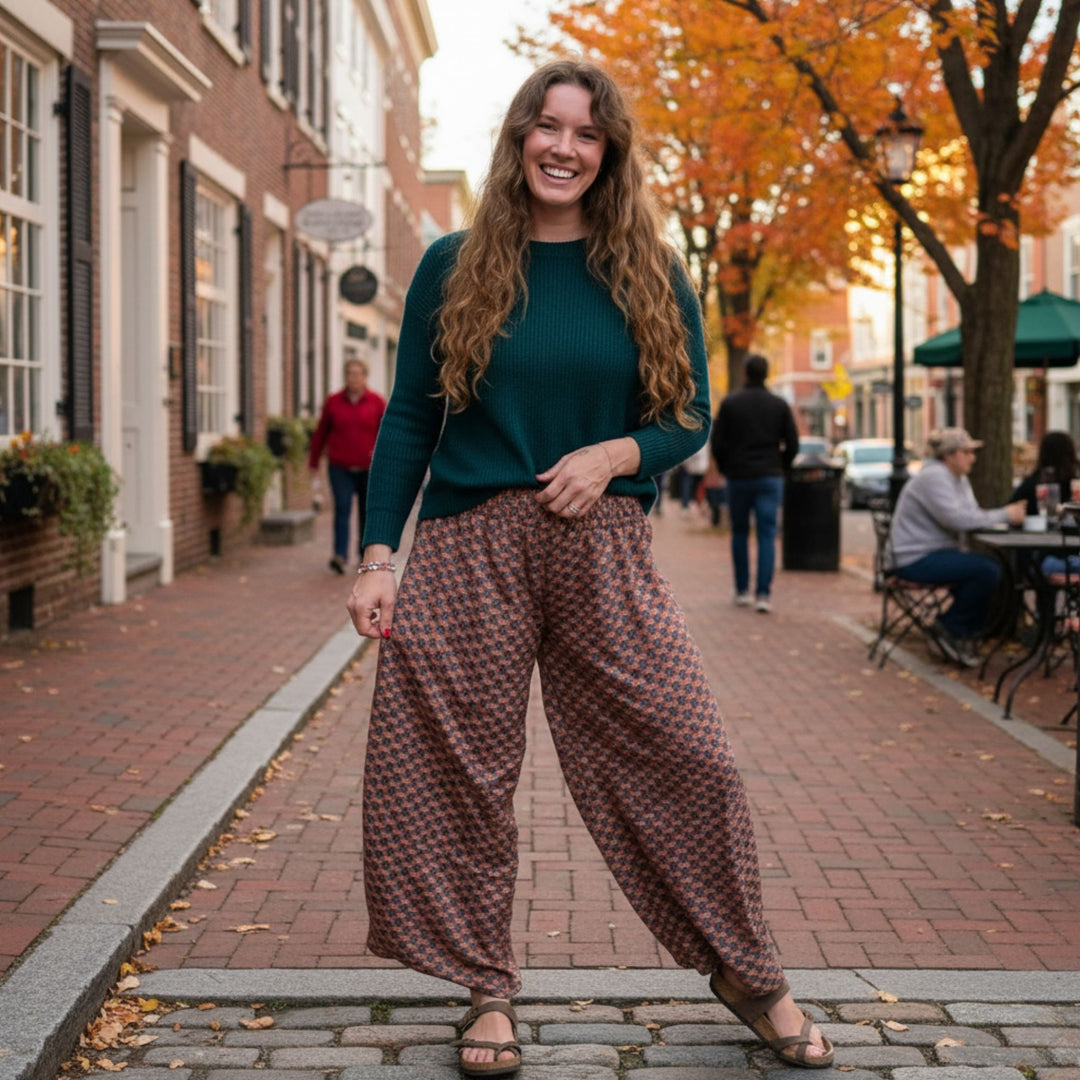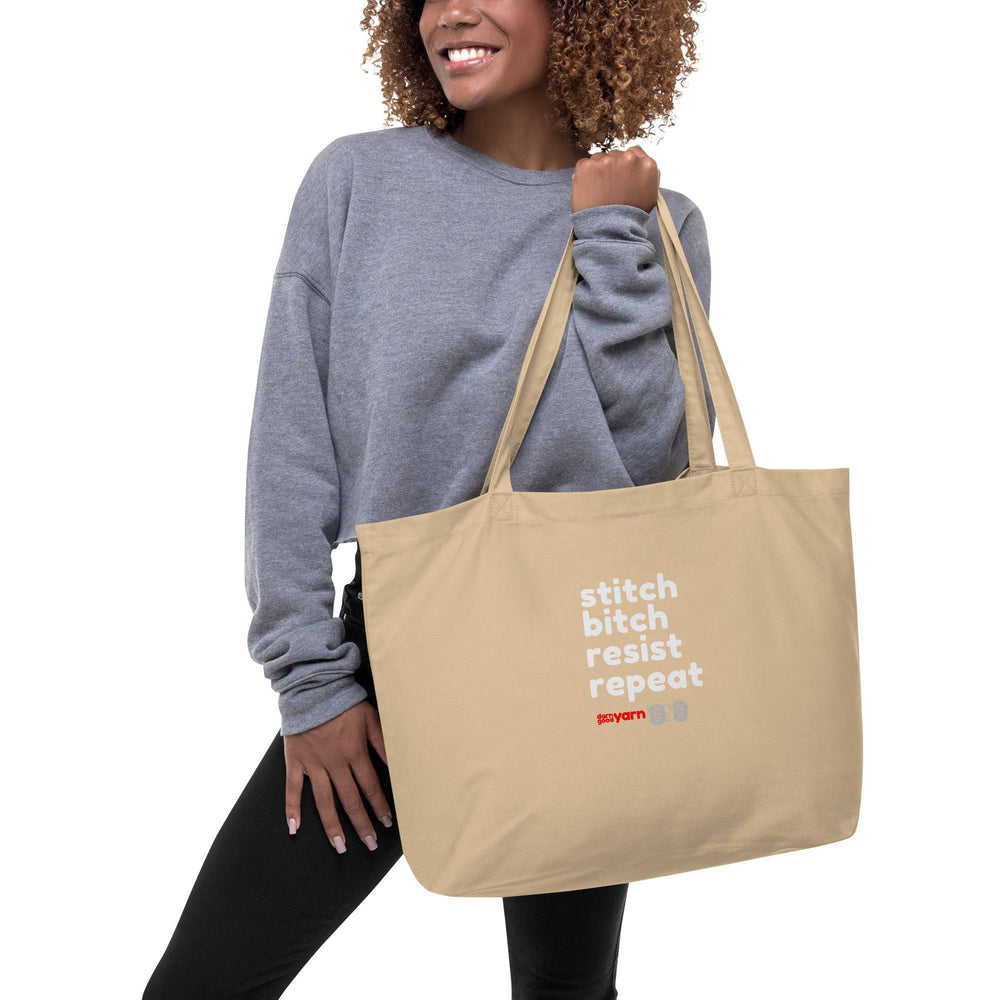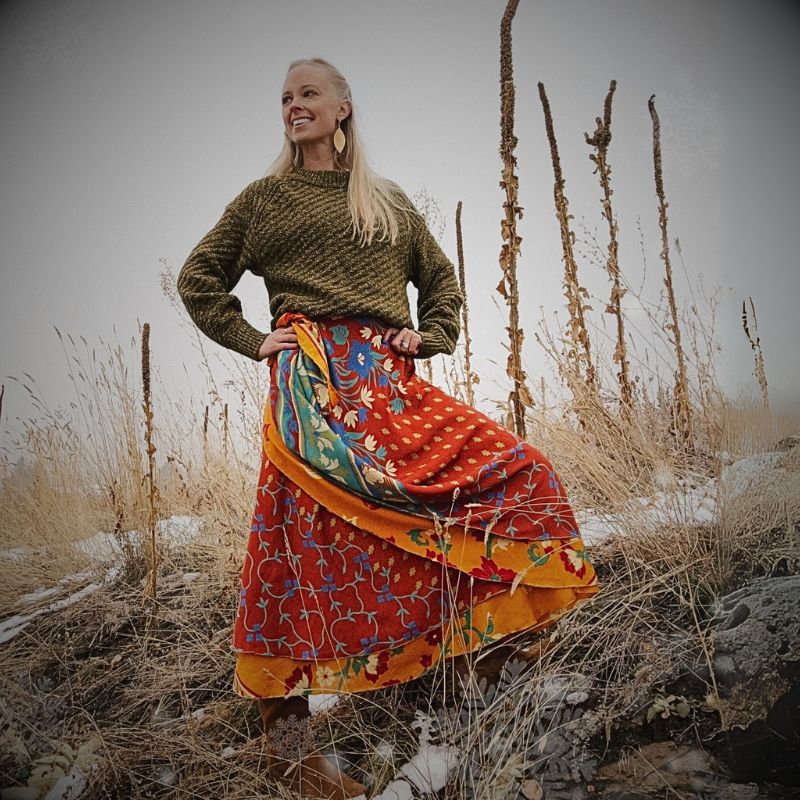The information age, the digital age, the world of global connection, information overload, the digital divide, information, information, information! Sometimes, I want to "google" the most inane things and other times, I want to sit in the woods and just hug a tree! (With my knitting in tow, of course!). Wherever you are at with information, you should read this post! Well yes, partly because I wrote this, but also because I have aggregated knitting and crocheting information that all fiber freaks will want to know and share. And don't hold me to any of this because, well, I used the internet for most of this information!
1.This history is not well known because fabrics used for knitting are made of wool, silk, and other fibers that decay rapidly. Additionally, knitting needles are hard to distinguish beyond a doubt from hair picks, skewers, spindles, or the other tools found.
2.One of the earliest known examples of knitting (formed on two sticks by pulling loops through loops) were a pair of cotton socks found in Egypt from the first millennium A.D. Many of them have knit into them khufic (a decorative Arabic script) blessings, symbols to ward off evil, or both. How cool is that? I have had a thing for designs in socks and fun socks for a long while, but who knew that this was popular in the first millennium? Knitting socks is one of my favs!
3.For the first four or five hundred years of knitting’s history, the most common knitting materials were cotton and silk, not wool.
4.Early knitting needles were typically made from bone, ivory, or tortoise shell. Luckily, today we don't have to make our own needles and I love the feel and flexibility of bamboo needles! And how about these huge needles? Made in Maine, these size 50 needles are designed for some of our bulkier fibers and Nicole helped with the design process. These are awesome for mega knitting (see # 8 below).
5.Knitting was initially a male-only occupation. The history of men knitting might have come about from men working on their fishing nets. In the 17th and 18th centuries in Scotland, it was common for whole families to engage in knitting jumpers, accessories, socks and stockings. Drawings exist of shepherds knitting while watching their flocks, sailors knitting on board ship and whole fishing families in the Scottish Isles knitting around the fire. I have a male friend that spins and knits. Let's encourage a young generation of knitters, no matter the gender!
6.The first knitting pattern book of any kind at all was the 16th-century Modelbuch, which was a printed pattern collection specifically for embroidery and lace. By the mid-17th century, patterns specifically for knitting were emerging within some pages of pattern books. Look no further for patterns with a shawl found in this lace weight kit or delicious lace weight silk fibers.
I always travel light so this pouch with a chiffon ribbon cell phone pattern is perfect, knit up quick and only takes 1 skein of chiffon ribbon. All you need is the pattern and your favorite chiffon ribbon. Not sure what you want to make? Try checking out these patterns for more ideas!
7.How cool is this? During the Second World War the Office of Censorship banned people from posting knitting patterns abroad in case they contained coded messages. There was one occasion when knitting was used for code! The Belgian resistance recruited old women whose windows overlooked railway yards to note the trains in their knitting. Basic stuff: purl one for this type of train, drop one for another type. Knitting for others just took on a whole new meaning for me!
8.Mega knitting is a very modern term that refers to the use of knitting needles that are greater than or equal to half an inch in diameter. Mega knitting uses needles that have been carved at the tips into hooks. The hooks help prevent stitches from slipping off the needles. Mega knitting usually creates more chunky, bulky fabric such as roving for a big, thick, throw. The more mega you go, the quicker your project will work up, too!
9.I-cord is short for Idiot cord. This technique was so named by Elizabeth Zimmermann because it is so easy even an idiot can do it. I-cord was originally called “stay-lace” and used in corsets.
10.The term "worsted" is derived from the town of Worstead, England, a manufacturing center for yarns and cloth during 1250-1300; worsted weight is one of the most common weights in yarn and comes in a recycled sari silk.
11.Tink is a verb that means to unknit by taking out a stitch at a time. You will not find this in a dictionary, though and I am not sure this is for real. You know how some things on the internet are not reliable? Well, this definition might be one. But while doing my research I found this really fun play with the word tink from urban dictionary and yes, tink is an unknitting term in there. So, use tink and consider yourself on the cutting edge of yarn terms!
12.There are times when I don't have my measuring tape with me...left it in another bag, took it out for something else, someone else has "borrowed" it so I really love this idea...the US dollar is 6.1" long. This is a handy fact when you need to measure your knitting and have no ruler available. Hmmm...but, it does assume you have money!!!
13.I have always loved the idea of having my own island! The biggest knitted objects in the world are the 45 Uros Islands in Lake Titicaca in Peru. Knitted from local Totoro reeds, they are strong enough to hold several hundred people, buildings and boats. The surface is so springy the islanders have trouble walking on dry land. Now, I did research this a bit more and this may just be a touristy gimmick...but, hey it is something to aspire to...knitting my own island! I think I need to add yarn to my stash for this project!
14.Between 2002 and 2004, the number of women knitters in the U.S. ages 25–35 increased nearly 150%. That is awesome and let's get the guys going on fiber fun, too!
15.Worldwide Knit Day began in 2005. This is a great day to show the world your passion. Where will you be for Worldwide Knit Day this year?
16.Want to know what the latest trends are in knitting? Remember it is very stylish to not be stylish...so be you, and let it shine using unique fibers. And in a world that seeks to be aware of our one and only planet earth, how cool is it to use recycled fibers in creating?
Knitting is a very old craft of vague origins, but aren't you glad to have all this knitting knowledge, this yarn yapping, this fiber frenzying? Information can be a very good thing, and hey, now you don't need to google tink as you already have the other definition for frogging!
17.Fiber lovers are really, really, good people! Really fun! And, really support each other with the addiction! Now, that is really all you need to know about knitting! Forget the first sixteen ideas, and take a minute to see how Darn Good Yarn starts with love!
 Rewards
Rewards




















